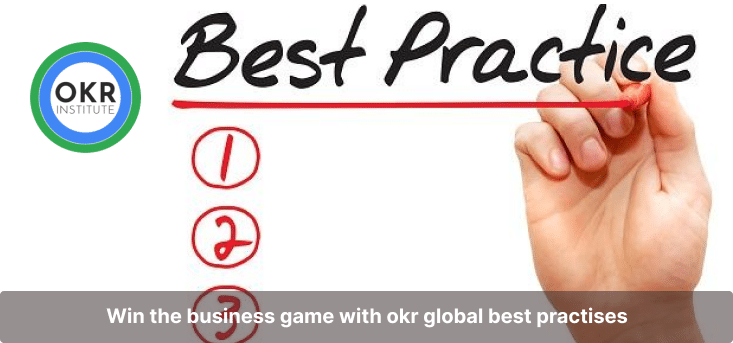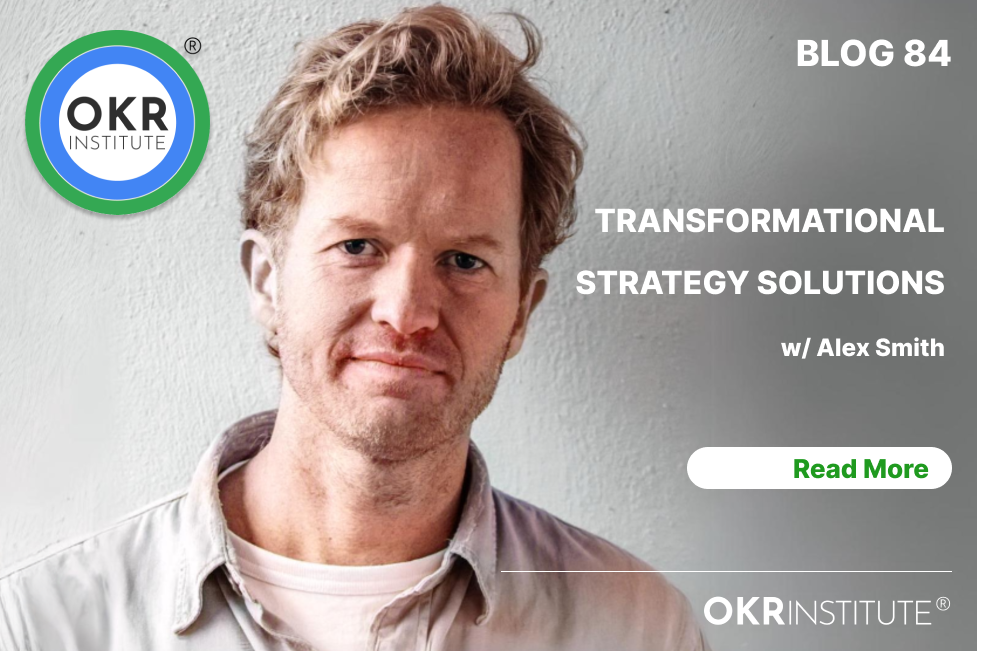How Clarity of vision can supercharge okr performance

How Clarity of Vision Can Supercharge OKR Performance
Companies Vision, Mission, Purpose, and values statements are often displayed on walls at their headquarters and individual branches or outlets and on their respective websites. Those statements remain as statements unless they are genuinely practiced and clear and consistent leaps are made toward actualizing the company’s vision. “Clarity of Vision” can dramatically increase OKR-related performance within specific contexts, which will be further explored in this article.
“We want to be the market leader in Germany,” – exclaims the company CEO. What does that mean in practical terms, and how would we define it internally to clarify the meaning to all team members?
Do we want to be the best, biggest, and/or the most profitable company in our market segment? And once we have chosen by what metric will it be proven that we are indeed the largest, best, or most profitable company? It is also down to our collective definition, as a company, of what success for us genuinely means, for example, what long-lasting and positive impact we want to have on:
Society (our purpose)
The environment (environmental element of our vision and ESG-related OKRs)
Our people (Internal HR OKRs)
Alignment of OKRs
Once the aforesaid Vision is either co-created and/or clarified, if already created, this high level of clarity provides us with a unique opportunity to align our OKRs in a more straightforward way, vertically. Vertical alignment refers to aligning team OKRs to Strategic OKRs and ultimately aligning our strategic OKRs to the Vision of the company. If there is quality vertical alignment within your Organizational OKRs, it means that the actualization of OKRs represents clear leaps toward actualizing the Vision of the company.
If, however, only a significant minority of people within the organization know the vision and how it is internally and clearly defined, it would be very hard to achieve it ultimately. There are four elements to a vision that can make it much more straightforward (yet not simple as a vision is a far-reaching goal) to attain:
- When a Vision is clear and defined, it is easier to understand and execute.
- When a Vision is compelling, obtaining buy-in is much simpler.
- When a Vision is inspiring to most in the company and society, it is a less complex task to actualize the vision.
- When outcome-focused and Powerful OKRs are vertically aligned with the Vision of the company, it becomes far more likely that the vision will become a reality.
When a highly ranked professional boxer has the vision of becoming a world champion, it is simple to visualize himself with the title belt around his waist. When winning the title fight and actually putting the coveted title belt around him, he knows he has actualized his vision.
Business case as it relates to Vision is more complex than our example from the sports world and may not be that clear from the onset; therefore, it is time well spent in creating more clarity. Do we want to be larger than Apple by market cap? If that is the case, we will have to improve on the $2.54 Trillion market capitalization that Apple has achieved.
Being the largest company does not necessarily mean that you will be the most profitable, nor are you necessarily the best (providing the best service). It does not address the impact that you want to have (creating high-quality jobs, changing lives for the better, etc.).
We may be extremely well funded as an airline carrier and, as a result, have the largest fleet, but again this does not mean we are the most profitable nor the best in class when it comes to service.
Once the desired end state that we have in mind is clearly defined and we know exactly what we ultimately want to achieve, it becomes clearer what to focus on when we do strategic planning. It is simpler than creating OKRs and KPIs from our strategies.
One of our strategies to differentiate ourselves from the competition as an airline could be to make the service training at our academy even more outcome-focused (for the passenger) and purpose-driven (we are not merely flying people; we are genuinely connecting them to what is a priority for them). Being purpose driven is a key element of OKR Performance.
From this strategy that is clearly aligned with our clarified vision, we can now write outcome and service-orientated OKRs to support this strategy:
Our Passengers experience the true joy of travelling
KR#1 Improve passenger satisfaction rating from 78% to 95%
KR#2 Decrease boarding time from _____to _______
KR#3 Decrease turnaround time for any passenger inquiries from _____to ________
Join the OKR Institute Leadership course, which is essentially about sustainable OKR performance to learn how to actualize your company’s vision through powerful and aligned OKRs.
Ultimately it is focused, transparent, clear, and simple communication that forms the glue that holds OKR performance together. It is up to the leaders within the organization to provide not only clarity on the vision of the company but also the purpose, objectives, and the value system of the company through excellent communication
Talent Development Director of the OKR Institute
Related Courses
Recent Posts
Tags
#OKR
#OKR Coaching
#OKR Coach






